Last updated on March 12, 2024
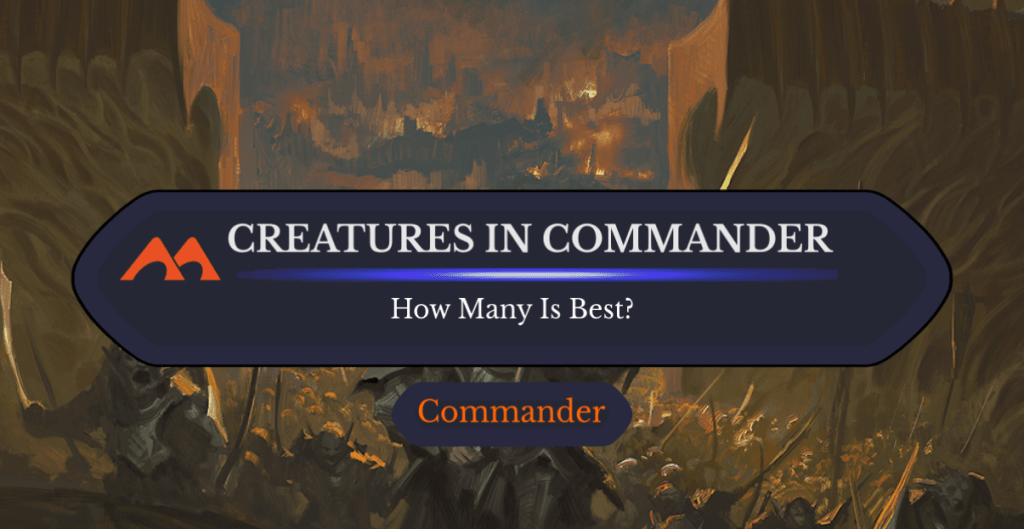
March from the Black Gate | Illustration by Victor Harmatiuk
The magic of building a Magic: The Gathering Commander deck is finding the cards that synergize best together to help pave the way to your desired win condition. As you build your Commander deck, you want to incorporate enough creature spells to defend against opponents whose strategy is to attack with their creatures to whittle down your life total. We’re looking at you, aggro players!
So how many creatures should be in a Commander deck? How does the type of deck you’re trying to build affect how many creatures should be in your decklist? Let's dive into the details!
How Many Creatures Should You Play in a Commander Deck?
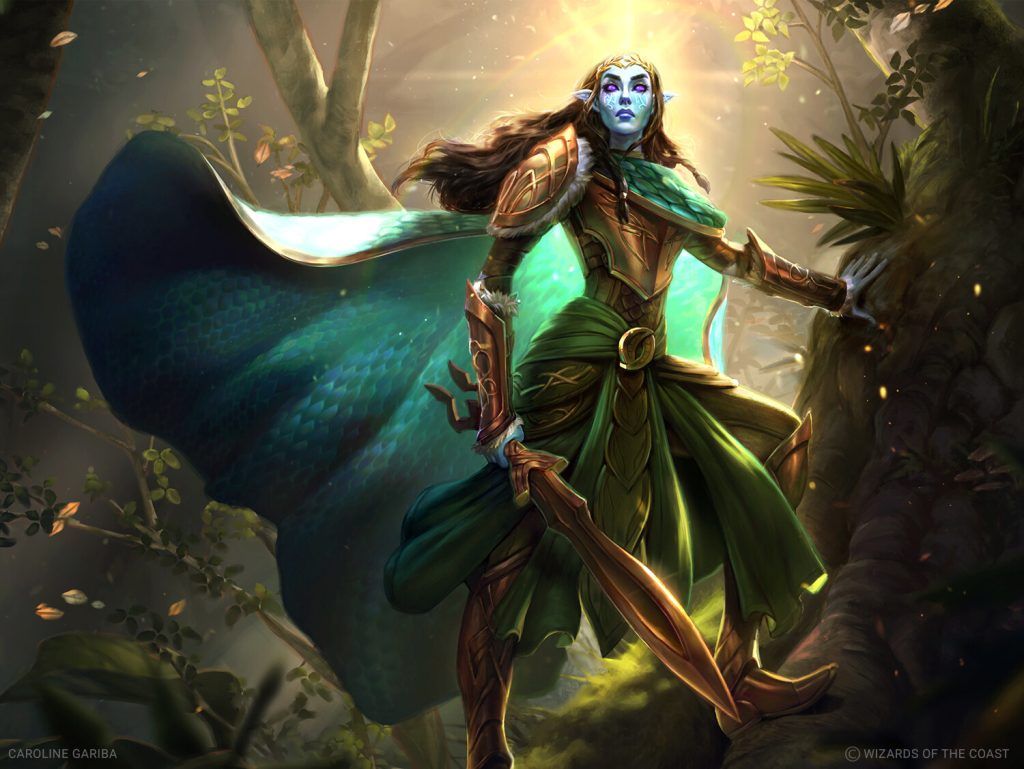
Lathril, Blade of the Elves | Illustration by Caroline Gariba
A sweet spot for most Commander decks is to run at least 20-30 creatures with an average being 25. That means about a fifth to a quarter of your deck should be creatures to defend your battlefield.
Having an average of 25 creatures is enough that you can run at least 37 to 38 lands and still have enough protection, ramp, tutors, graveyard recursion, and removal spells to be ready for any curve balls that come up in the game. If you have 25 creatures in your deck, that means that you have a 1-in-4 chance of drawing a creature overall each time you draw a card. Plus, you need enough creatures as backup bodies in case someone plays a board wipe. Hopefully, that won’t leave you saying Farewell to your board for the rest of the game.
However, it comes down to more than just the number of creatures you’re running in your Commander deck. Ask yourself, “What can these creatures do? Can they act as both a ramp source and a creature or as a removal card and a creature card simultaneously?”
Incorporating creatures with multiple utilities makes for a more balanced deck. Let’s say you’re building an angel typal deck. You will want to incorporate the best angels that give you protection, life gain, and combat advantage.
Sure, Starlit Angel is a flying 3/4 creature, but it doesn’t do much else except attack and block. Instead, be sure you’re incorporating the best angels that give you the most benefits for that creature type.
What Can Affect How Many Creatures You Want?
Finding creatures that fill one or more categories in the deck-building process can heavily influence how many creatures you run overall. For example, you usually need to dedicate some amount of deck space to removal, but if many of your creatures destroy permanents on ETB, you can skimp on targeted removal and go higher on your creature count.
Some deck themes built on creature synergies can also influence how many creatures are best for the build:
Typal
You’ll want as many of the chosen creature types as possible if you decide to run a typal deck. Depending on the creature type, you could run at least 30 to 40 or more creatures in the build. Of course, this also depends on the utility of each creature you include.
For example, an elf ball deck should have about 35 to 39 creatures to generate go-wide synergy with elves and ramp substantially with staples like Circle of Dreams Druid and Jaheira, Friend of the Forest. This Lathril, Blade of the Elves elfball Commander deck contains 39 creatures.
Combo
Combo decks don’t need as many creatures in the build as your average decks. They should usually have about 8-10 cards to protect the combo pieces. You can succeed with a handful of creatures and a couple combos, depending on the win condition you’re trying to achieve. In some decks, you might even run no creatures at all aside from your commander.
Voltron
Since Voltron decks bulk up one, unkillable creature utilizing equipment, enchantments, and anthem effects, you’ll need to run more artifacts and enchantments collectively than creatures to get the job done. Some Voltron decks can run as many as 15 to 20 creatures and still succeed because of the various effects from the equipment or auras it also runs.
For example, my boyfriend’s Nahiri, Forged in Fury Voltron deck runs 15 creatures, 22 equipment artifacts, and one enchantment aura, War of the Last Alliance, as one of his win conditions. Since you're going all in on one creature, having backups and other creatures on the board isn't as necessary.
Aggro
Aggro decks should run about 26-32 for the best results, though those creatures need to be potent aggressive threats.
The goal of an aggro deck is to hit with smaller creatures early on to expedite a win, which is best done in mono red (looking at you, goblins) or Gruul decks. An extremely low-curve deck might flood the board with cheap creatures while everyone else is setting up and use a card like Raid Bombardment to pile on extra damage. Speed comes from consistency in the first three turns, so having a high volume of these creatures provides the damage these decks want.
Control
Control decks usually run the least amount of creatures out of all the usual deck archetypes. You can get away with about 10-15 creatures in a control deck as long as you have enough card advantage and value from other spells.
Such spells like Sensei's Divining Top, Esper Sentinel, and everyone’s favorite Rhystic Study will give you enough card advantage to keep your control deck engine going.
Note that some control decks lean very heavily into board-wipes as a way to control the board. Since these decks rely on sweepers to deal with opposing threats, they often limit their own creature count to prevent having to wrath their own board. Why set yourself up to fail?
Spellslinger
Spellslinger decks are ones that focus heavily on casting non-creature spells, usually instants and sorceries. As such, these decks want to load up on the appropriate number of spells and minimize how many creature they play. You’ll stay play some number of spellslinging creature payoffs like Guttersnipe or Storm-Kiln Artist, but it’s common for a spellslinger deck to run somewhere in the ballpark of only 10 creatures.
These decks don’t have a lot of room to fiddle around with generically good creatures; each creature in the deck needs to adhere to the gameplan of casting spells. Plus, these decks usually have enough cantrips and card advantage to find the creatures that are important to the deck, so there’s no much need to pack a bunch of creatures in the first place.
Creatures vs. Token Generators
If you have multiple non-creature sources that generate tokens, you can safely reduce your creature base from the average amount in a Commander deck. Especially if the token generator gives you repeated value on each turn.
Enchantments like Assemble the Legion and Bitterblossom that give you creature tokens on your upkeep are examples of non-creature token generators that give you repeated value. For each one of these types of cards in your build, you can consider docking down a creature from your deck where appropriate.
How Many Creatures Will You Run?
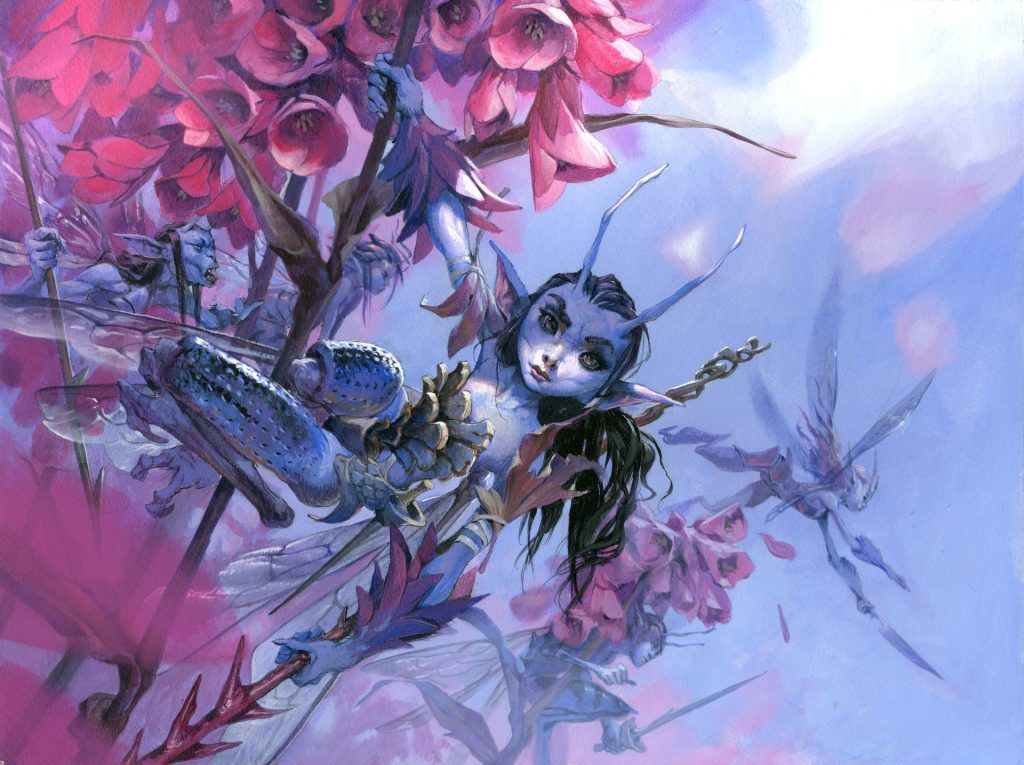
Bitterblossom | Illustration by Jesper Ejsing
While the overall average of creature spells in a Commander deck is usually 25, you and your deck theme will determine how many you want to include. Use these suggestions for each deck type as a guiding point for inspiration. For other deckbuilding tips, try these critical nine.
Are you ready to build your next Commander deck? If so, come mingle with other players in the Draftsim Discord to get more suggestions with new Magic friends. If you’re looking for more content like this, keep up on the latest posts by following the Draftsim Facebook page.
Until next time, stay strategic, and don’t forget to add enough creatures to your Commander decks!
Follow Draftsim for awesome articles and set updates: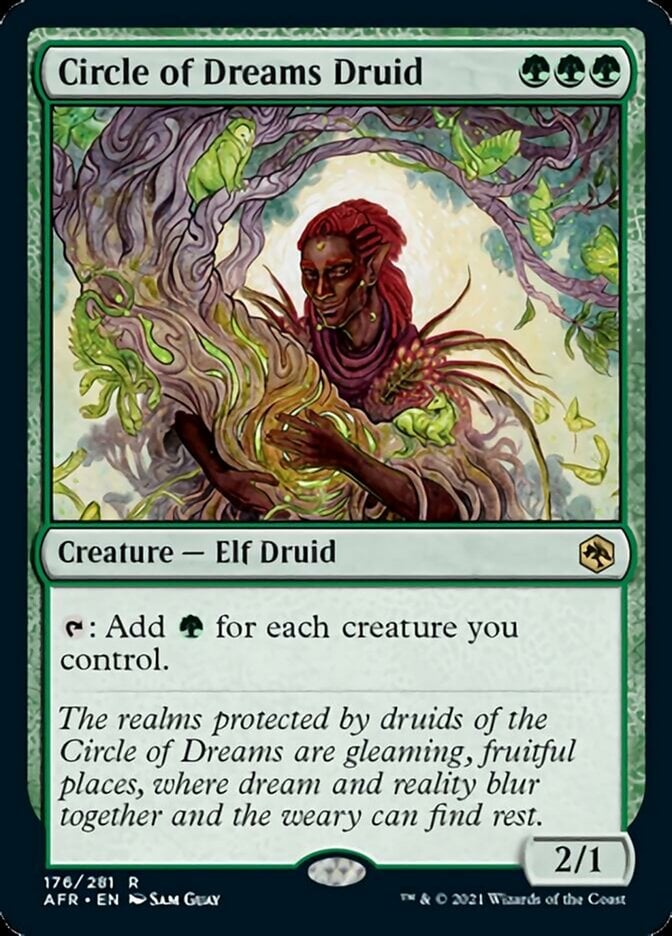


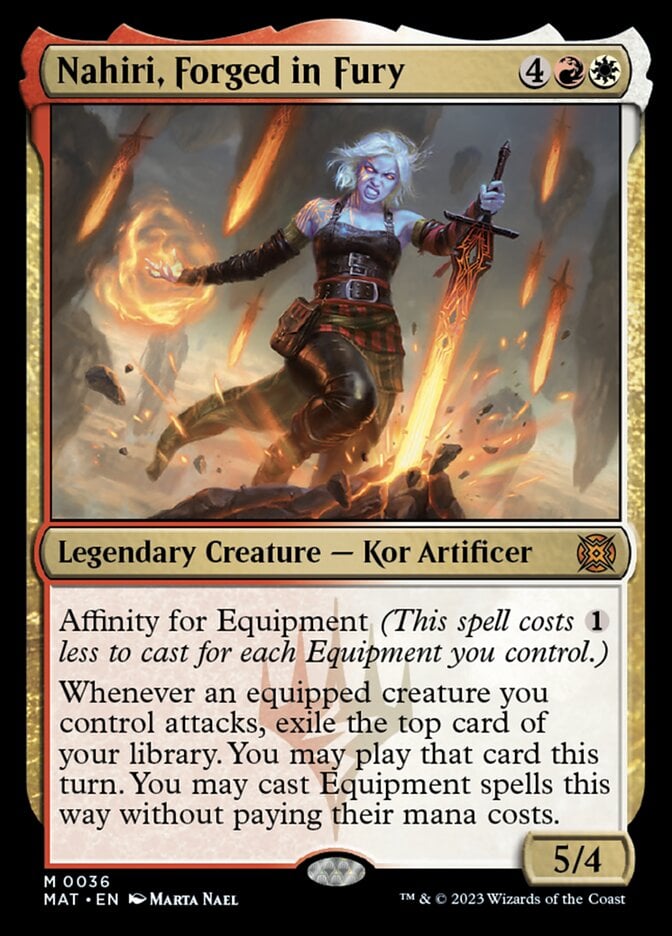

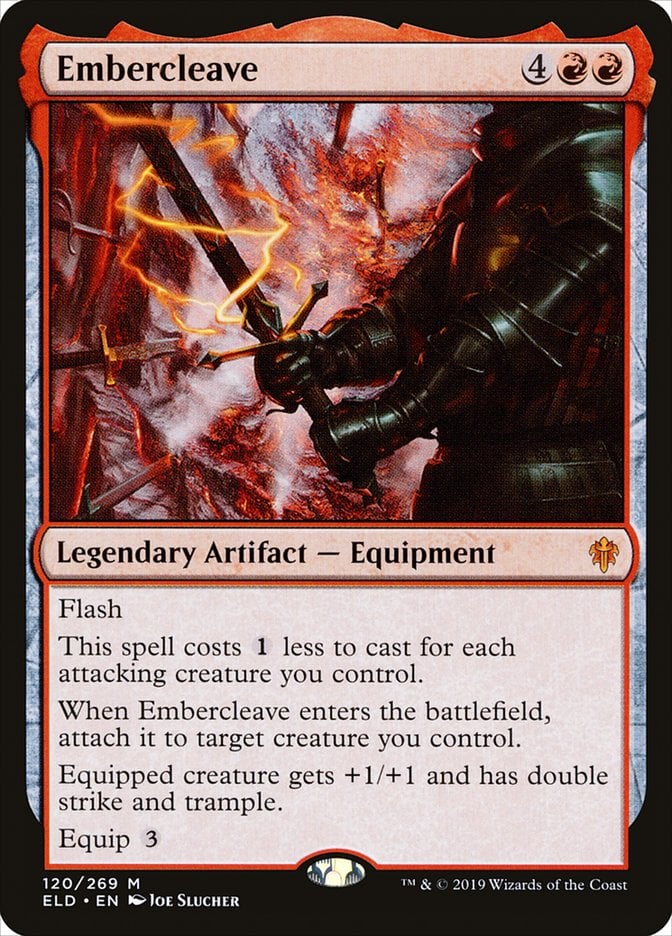

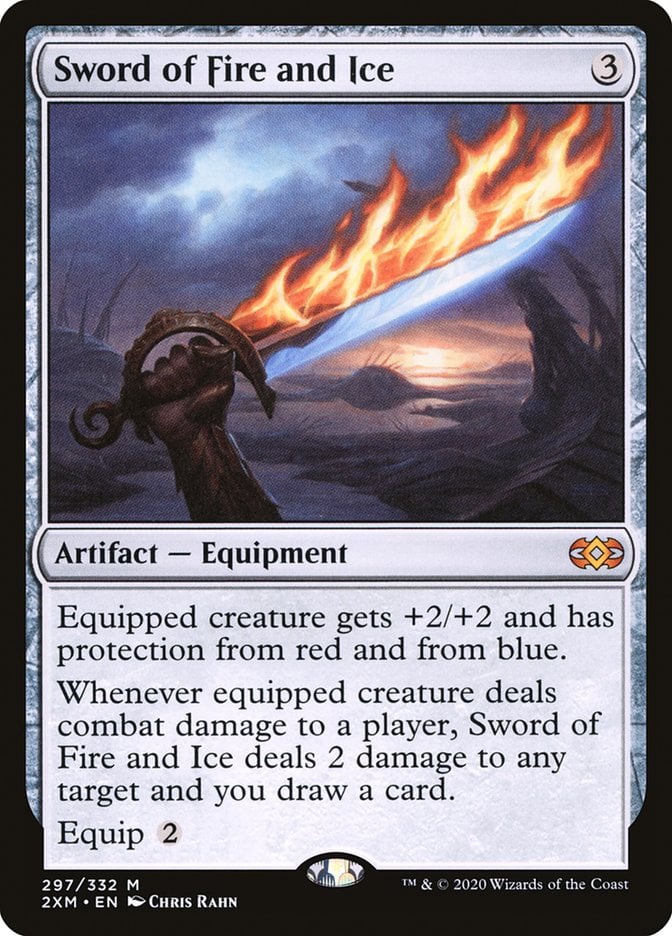
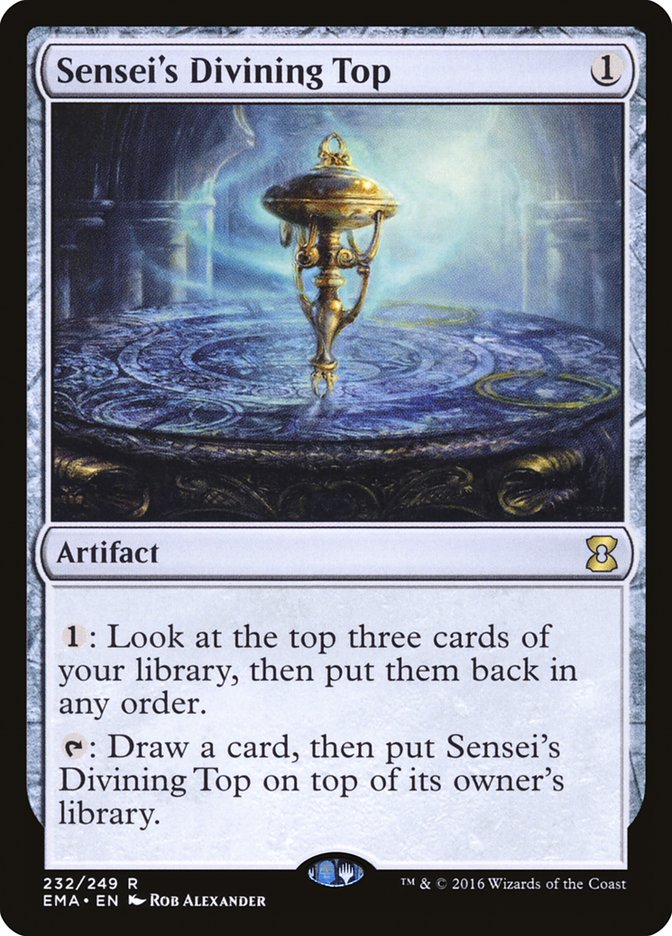
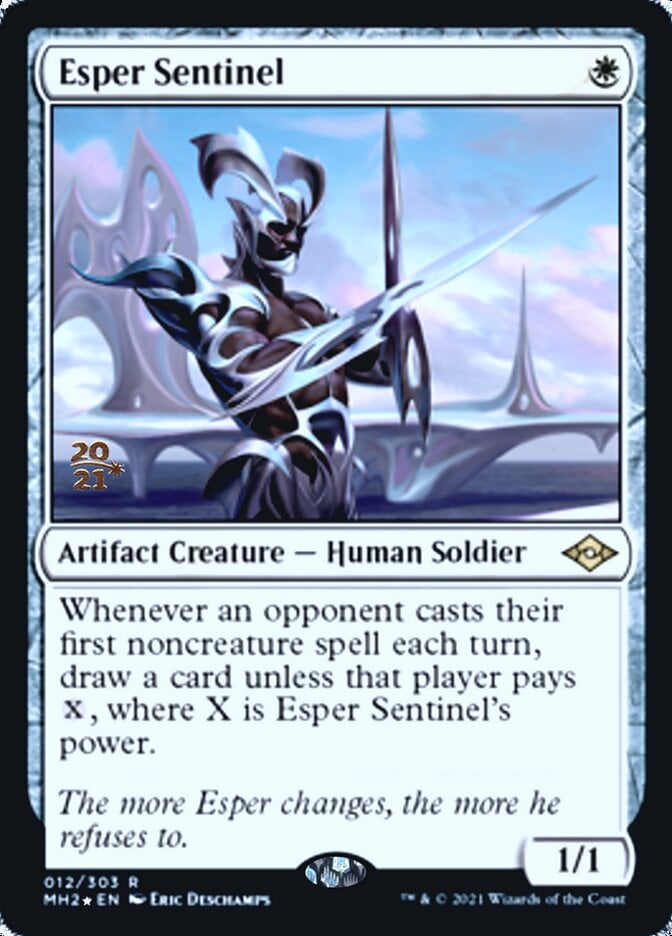
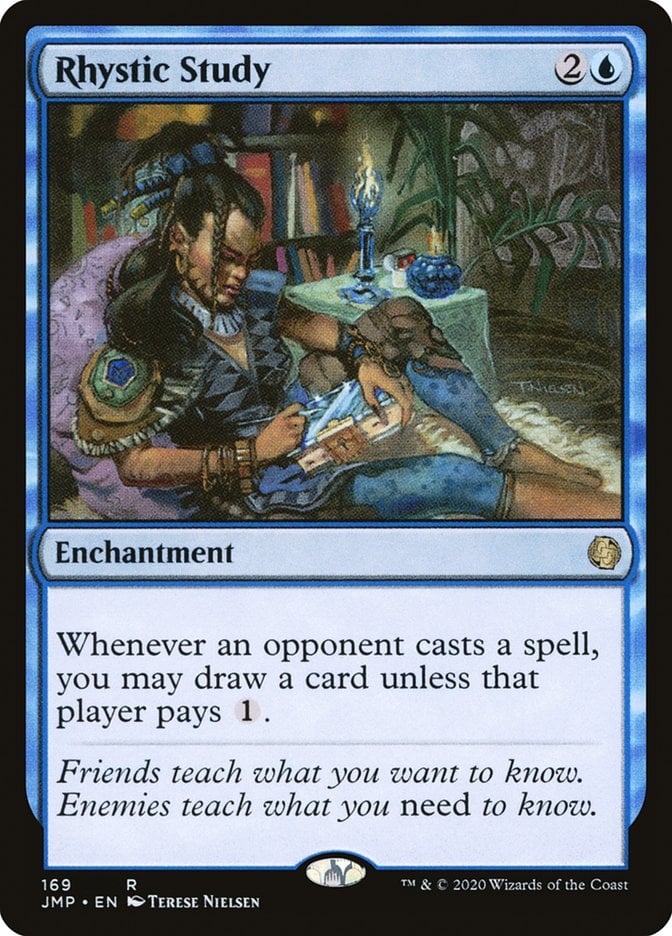
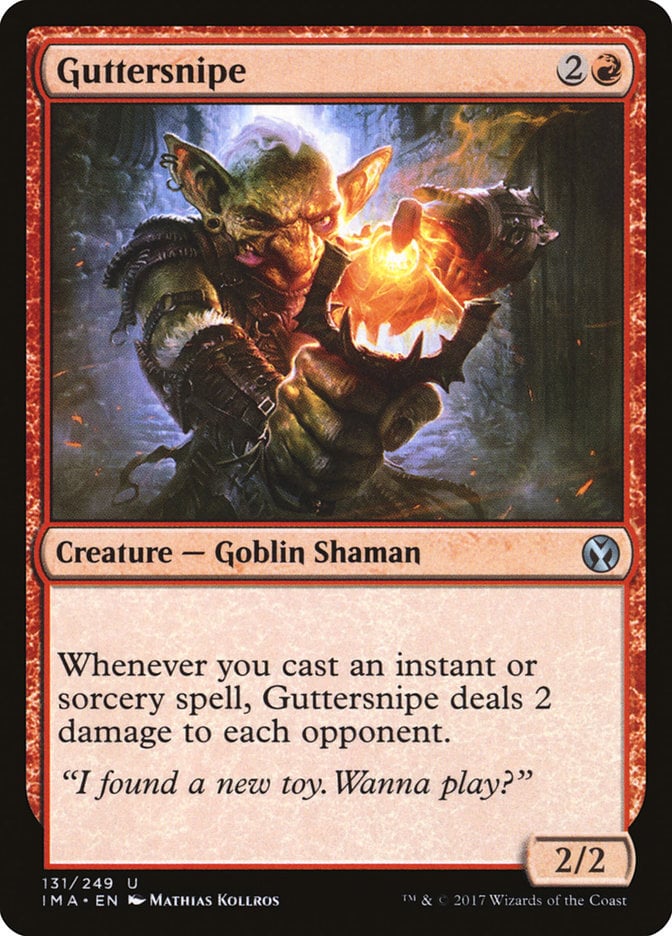
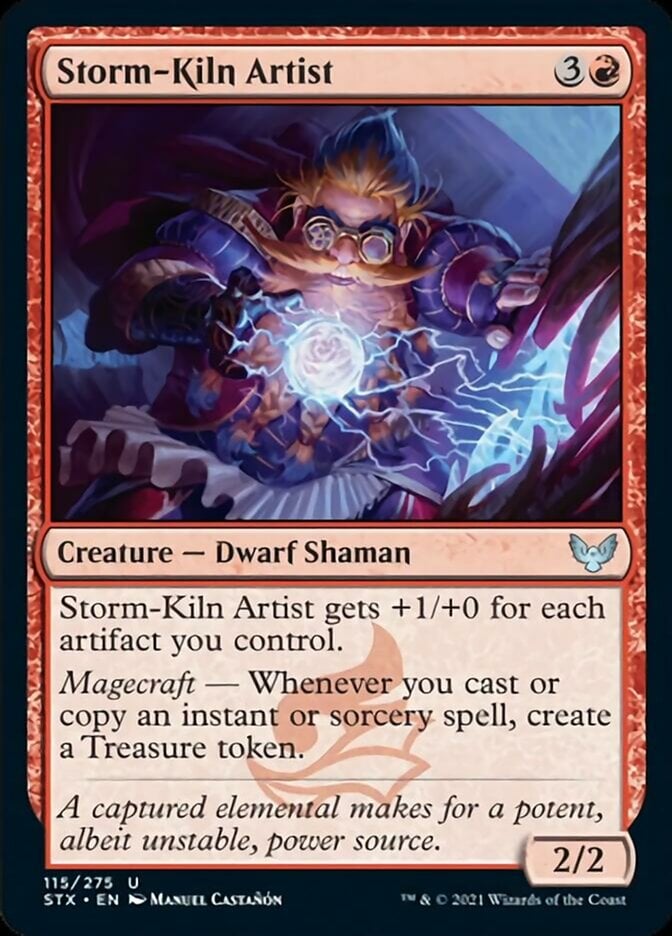
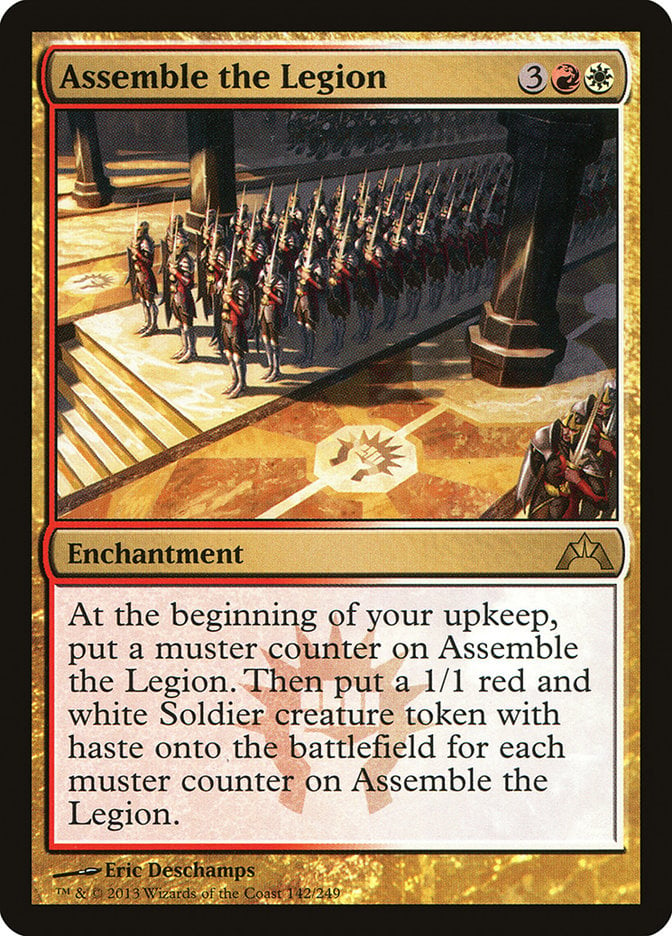
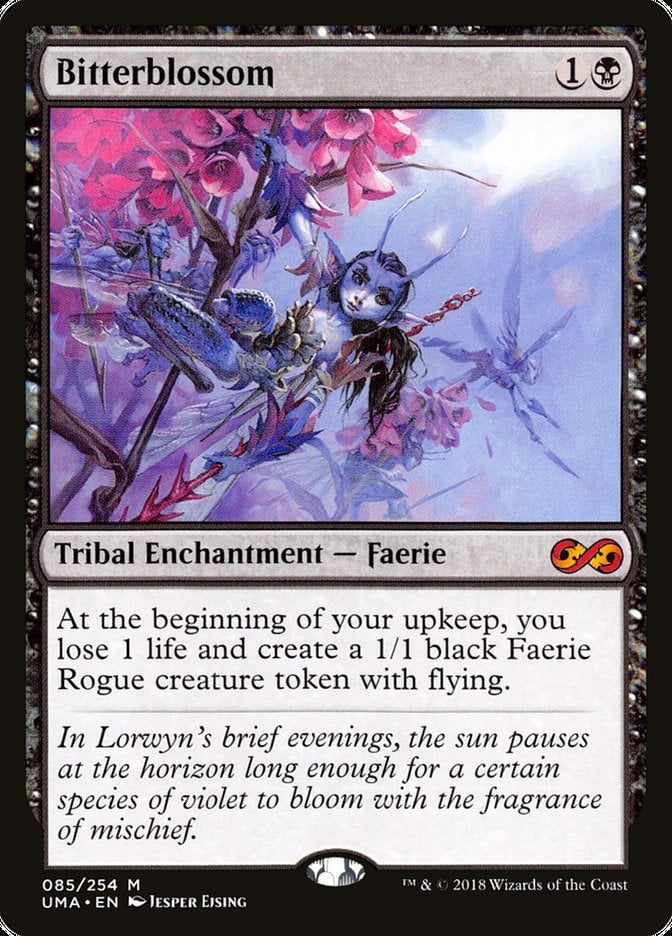
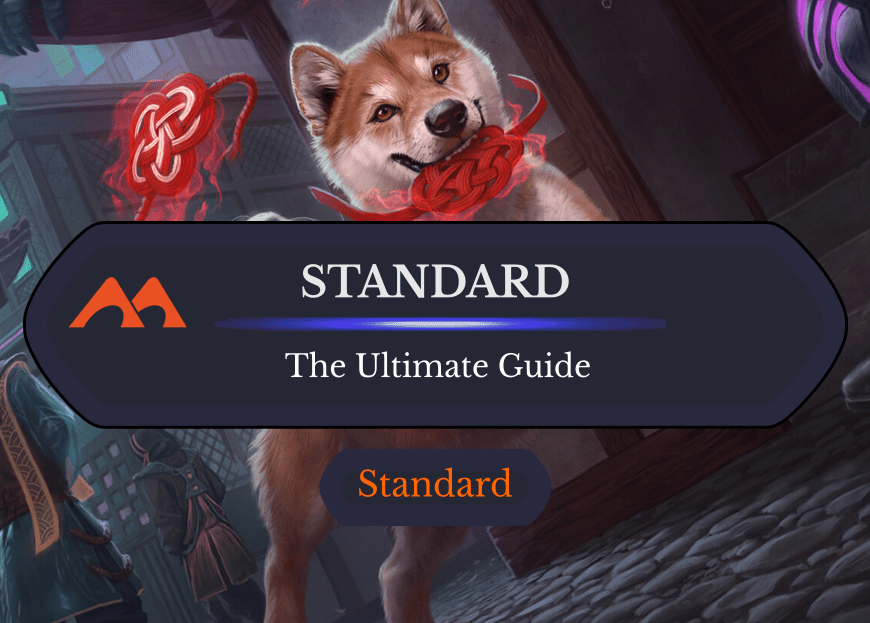

Add Comment